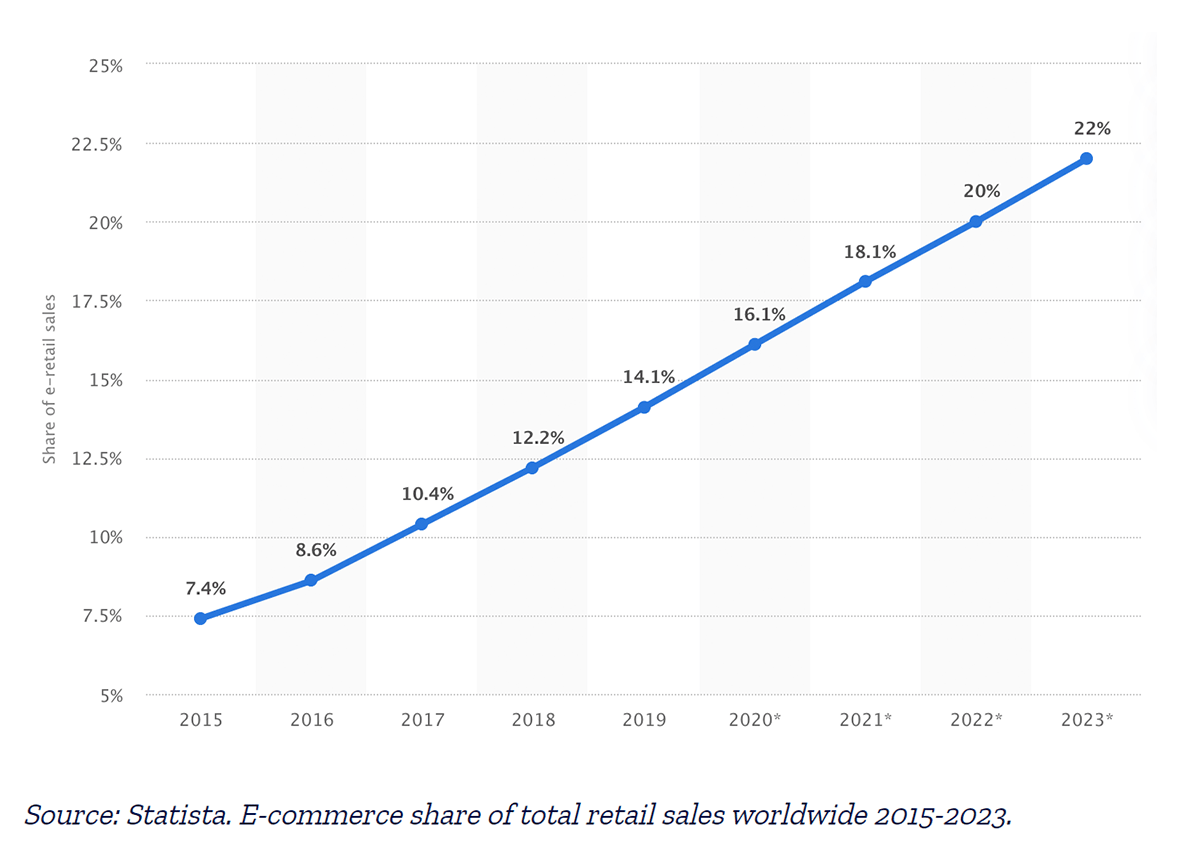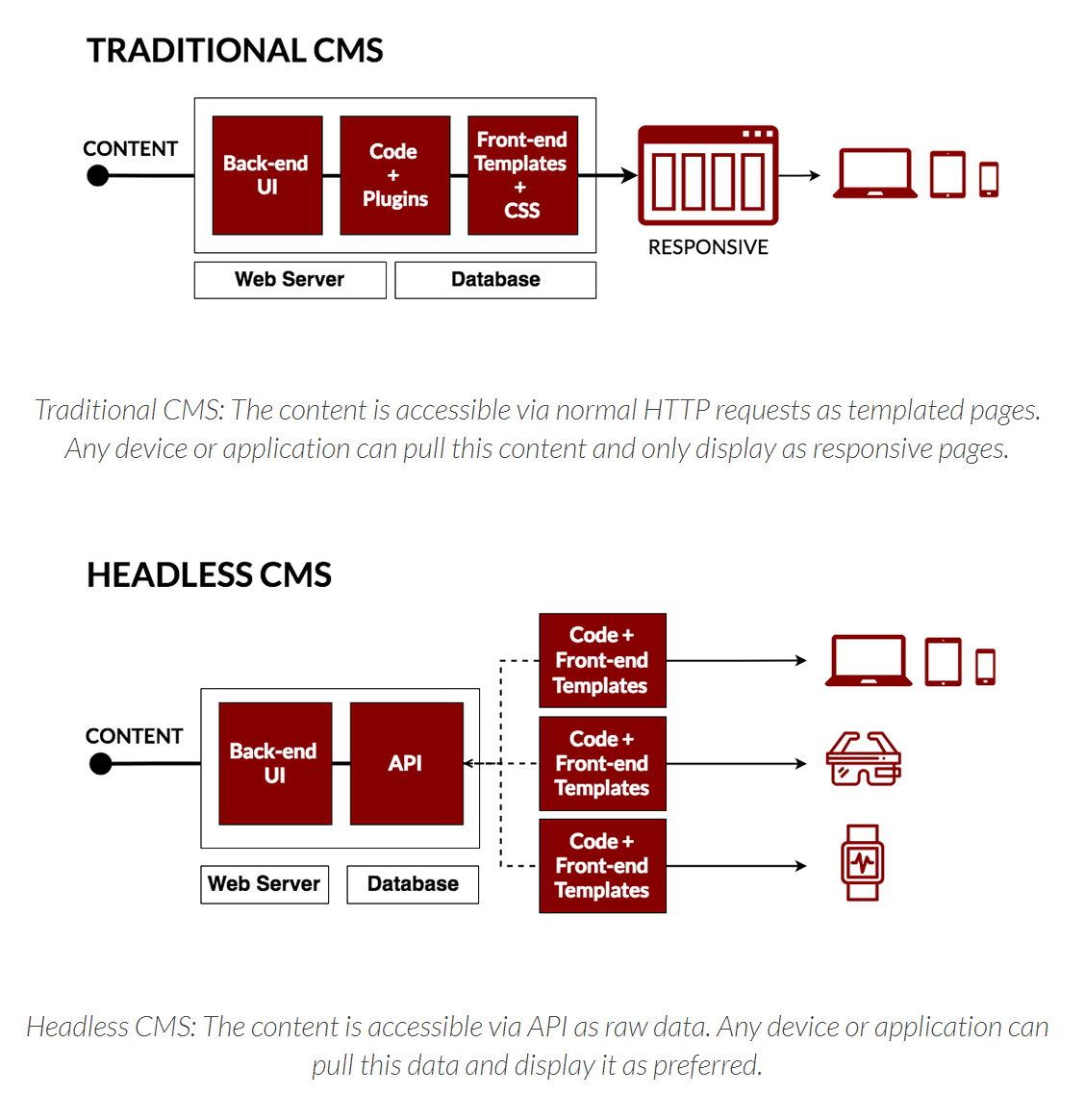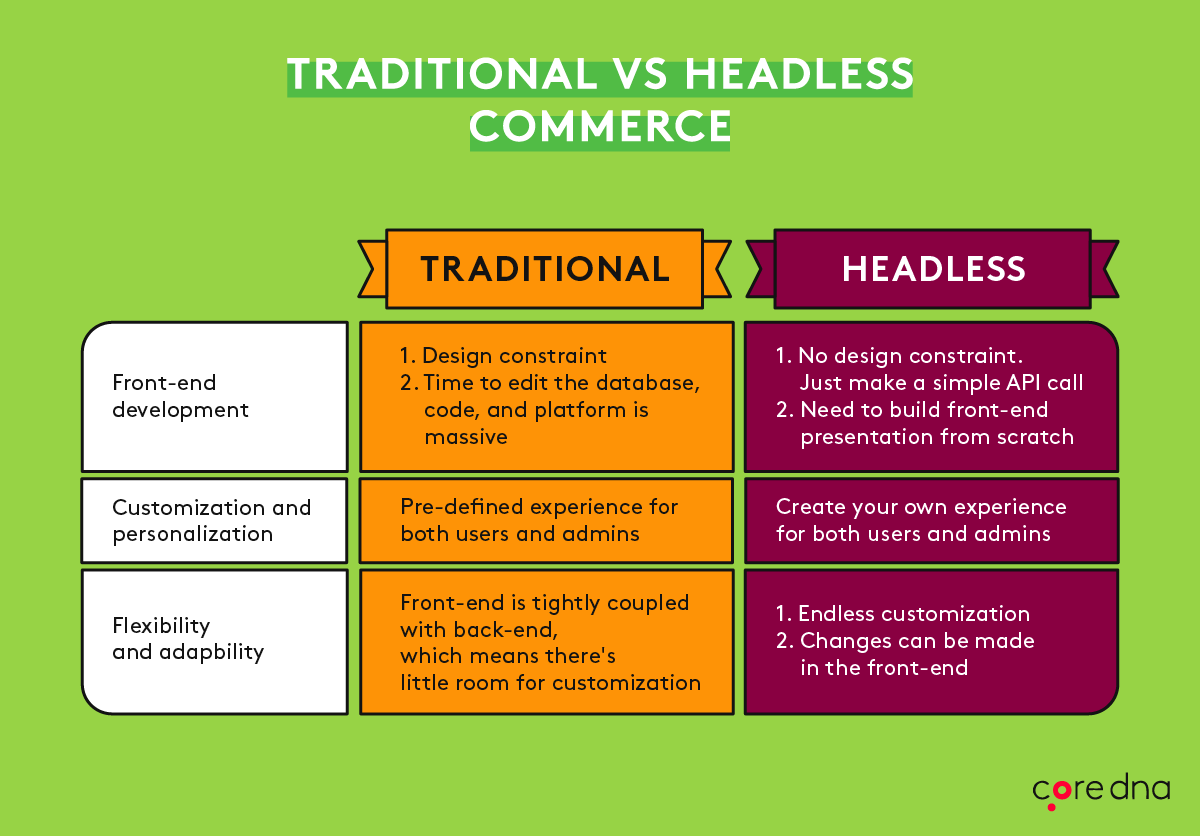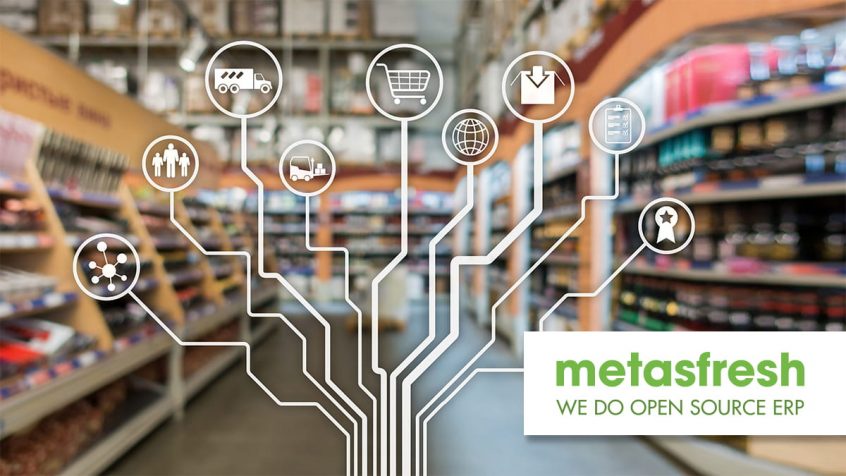Share this Post
Ecommerce leaders with their heads screwed on tight know that the world of online shopping is changing. In fact, due in no small part to the coronavirus pandemic, it’s accelerating fast.
Consumers are buying essentials online more than ever before, forcing producers of staple goods to scramble for additional warehouse capacity and companies to rethink supply chains. In the UK, for example, the online grocery market is expected to gain an extra £1.9 billion (ca. €2.1 billion) in 2020, according to recent figures from GlobalData, while online sales in Germany are expected to capture one fifth of total retail trade.
“The online grocery market is now forecast to grow 25.5% in 2020 — significantly ahead of the 8.5% previously anticipated,” said Thomas Brereton, Retail Analyst at GlobalData. “On top of the initial increase in volume demand (c.30% in April), a continued reluctance to venture to stores for the rest of the year will bolster online market growth over a longer period than in-store.”
This trend echoes around the world, particularly for food, fast-moving consumer goods (FMCG) and health and pharmaceutical products, leaving some analysts to believe that COVID-19 will prove to be ecommerce’s tipping point; that is, when online shopping for “most things” — not just “some things” — becomes the default norm for the mass market, causing long-lasting, important change. Market penetration and acceptance of ecommerce beyond 16% is believed to be the tipping point “magic number” — and 2020 is predicted to be the year when ecommerce reaches 16.1% of total retail sales globally, up from 14.1% in 2019.

E-commerce share of total retail sales worldwide 2015-2023 —Source: p3parks.com
Content Anywhere and Everywhere — The Omnichannel Imperative
Even while online-only shopping accelerates, however, as lockdown restrictions ease around the world, retailers with a high-street presence are reopening physical stores. But, as GlobalData observes, with new social distancing laws and guidelines to contend with, these brick-and-mortar retailers are having to accelerate digital transformation and rapidly embrace digital technologies in-store to keep customers and staff safe.
As Venkata Naveen, Disruptive Tech Analyst at GlobalData, puts it: “As stores begin to reopen doors, retailers are leveraging artificial intelligence (AI), Internet of Things (IoT) and virtual reality (VR) to offer hygiene-centric shopping experiences to customers with ‘contactless retail’ and increase their confidence to shop during the COVID-19 pandemic.”
Meanwhile, online consumers are also becoming increasingly confident in making purchases and consuming content through IoT devices such as smart voice assistants like Google Home and Amazon Alexa. Voice shopping statistics show that voice commerce sales are anticipated to reach $40 billion (ca. €43.8 billion) in the US alone by 2022, with an average of 45% of people worldwide now using voice searches regularly.

Search engine marketing statistics for voice search popularity —Source: smartinsights.com
Add to this the continued rise in mobile commerce, ecommerce chatbots, progressive web apps (PWAs), smartwatches and other wearables — all combined with the growing need for digital in-store interfaces — and today’s consumers have more ways than ever to explore product information, read reviews and make purchases.
As such, legacy ecommerce platforms are struggling to keep up — and leaders would be forgiven for losing their heads about how to deliver up-to-date content and accurate product information seamlessly across so many channels.
But maybe that’s a good thing.
Enter Headless Commerce
One solution to the omnichannel publishing headache is headless content management — which leads, by natural extension, to headless commerce.
Legacy ecommerce websites have a tightly-coupled backend and frontend. The backend is the business-facing side, with a dashboard, control panel, online store manager, etc. It has tools for website setup, content management and business management. Users can upload products, add images, videos and descriptions, organise them into categories, choose payment methods, run promotions, keep customer records, and more besides.
The frontend — or the “head” — is the customer-facing side of the ecommerce site, comprised of everything the customer sees when they shop. Essentially, it is the online storefront customers see and access through their web browser or (if the retailer has one) native mobile app.
Traditionally, the frontend is directly coupled with the backend — that is, the appearance and functionality of the frontend is a direct result of what developers set up on the backend.

Traditional CMS vs. Headless CMS —Source: it-consultis.com
With a headless platform, on the other hand, the frontend — what in most cases is a template or website theme — is decoupled from the backend. This means that there is no default frontend system that defines how content created on the backend is presented to end users.
Instead, the content is published through an application programming interface (API) that is capable of pushing content to different devices — and these devices are further able to present that content in different ways. In other words, the content is front-end agnostic — it can be published anywhere, through any framework, via API calls, meaning front-end developers are free to build as many “heads” as they like for as many different channels the organisation needs.
As Core DNA explains, “A headless commerce architecture delivers a platform via a RESTful API that comprises of a back-end data model and a cloud-based infrastructure. Since the platform is not tightly coupled with the back-end, ecommerce brands can deliver things like content, products and payment gateways to smartwatches, kiosk screens, Alexa Skills, and everything in between.”

Traditional commerce vs. headless commerce —Source: coredna.com
Headless Commerce Integration with metasfresh ERP
Importantly, to be successful with headless commerce and fully leverage all the benefits of a headless ecommerce system, robust integration with a modern ERP solution like metasfresh is essential to provide customers with a seamless experience and real-time access to product information, accurate pricing, product availability and shipping data across channels.
A key aspect of metasfresh ERP is that it serves as a centralised business information system and single source of truth for all business data. This includes inventory information, pricing information, transactional data, product data, category data, customer data, and order data — including fulfilment, status, refunds and other information.
Combined with a high-quality and organised display of products across channels via a headless content management system (CMS) — the most important consideration for customers — integration with a sophisticated ERP is crucial for the ecommerce business in order to ensure the content and information is correctly displayed and updated in real-time, customers receive a fast response and prompt deliveries, and that the organisation can trace orders once despatched, track inventory levels, and monitor, streamline and facilitate the business processes necessary to make ecommerce a success.
Talk to us here at metasfresh. metasfresh is a member of the Ecommerce and Cross-Channel Club Cologne (ECC Club Köln), which is managed by the Institute for Retail Research Cologne (Institut für Handelsforschung, IFH Köln). The Institute offers individual research projects with strategic consulting. It specialises in the areas of inter-company comparisons as a controlling instrument, enabling retail companies to recognise market developments, measure changes in customer behaviour, optimise sales and set the course for a successful future. The insights and knowledge provided by the Institute through market research and studies relating to cross-channel and online retail are incorporated in the development of metasfresh, meaning all of our users are always up to date on the latest ecommerce developments.
At metasfresh, our mission is to enable each and every company to access a powerful ERP system that supports digital transformation and fuels corporate growth. Get in touch today for more information and insights.
Share this Post



